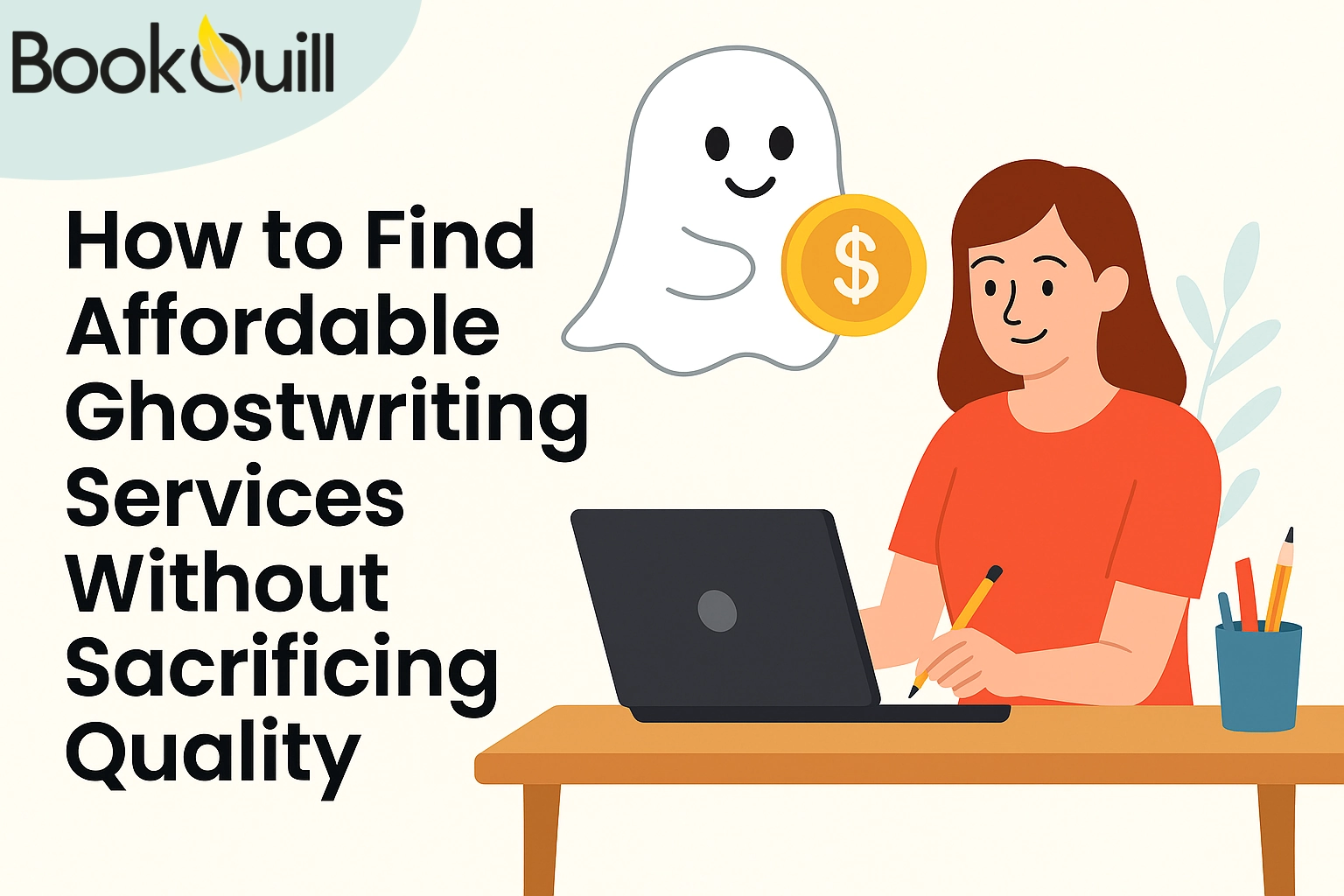Table of Contents
Explore Blogs
Trending on Ebook
The Best Book Review Template: Ultimate Guide to Writing Book Reviews

Do you enjoy reading and recommending books? Have you recently read a book on which you want to share your thoughts? A book review/ebook writing service is an excellent way of sharing your thoughts and takeaways from a book whether it is mystery, romance, thriller, autobiography, or self-help.
Book reviews serve as social proof and can help others decide whether they would enjoy a book or not. Writers rely on positive reviews and word of mouth to help their book sales.
So long story short your review could help someone decide whether or not they should buy a book. Your review can help someone find their all-time favorite book.
So how to write a good book review? Is there a book review template you can follow to nail book reviews every time?
In this article, we explain the art of writing good reviews with the best book review template. Let’s get right into it!
What Is the Best Structure for a Book Review?
While you have the creative freedom to structure your book review the way you want to, typically book reviews follow a similar structure.
All good book reviews have an introduction, a summary of the book, an analysis that discusses the theme and characters of the book, and a conclusion.
Having a book review structure will allow you to effectively communicate your thoughts and ideas. Otherwise, they may appear incoherent and unhelpful to the reader.
Whether you’re writing an book review or an Instagram post, a structured approach will help readers understand and follow your thought process better. Here’s a breakdown of the best structure for a book review:
Introduction
How do you start a book review? Well, there are many approaches to starting a book review. You can begin by introducing the book, and its author, and offering relevant context about the author or the book. For example, mention if the book is making headlines for a particular reason or if the author has written other famous works.
You can also grab attention with a compelling hook, an intriguing question, or a quote that you enjoyed from the book. Remember to keep the introduction interesting so the reader proceeds to read the whole review.
Summary
After the introduction, you can write a summary of the book’s plot. The idea behind this is to focus on explaining the main events, characters, and themes of the book. The summary section shouldn’t be too lengthy or give away any major spoilers.
A summary should be brief and to the point. It is only meant to give readers an idea of what the book is about and discuss any key moments that would help them understand your analysis. It’s not meant to spoil the book or ending for the reader.
Tips for Writing a Good Book Review
Writing a book review requires thorough analysis and careful selection of words. Here are some tips that can help you write a helpful book review.
Be Concise and Clear
Don’t ramble in your book review! Write it clearly and concisely, without overcomplicating what you are trying to say. If you use overly complex language or sentence structure, readers might not get your point. Therefore, convey your thoughts in a straightforward manner.
Avoid Repetition
It’s easy to get carried away when you’re writing about an exciting book; however, it’s important to be objective. A book review shouldn’t just repeat or summarize every aspect of the book. It should discuss important elements like writing style, character development, and themes while offering a new perspective or personal insight into the book.
Don’t Give Spoilers
While it’s important to provide a summary of the book and discuss its plot, avoid revealing too much of the storyline as it might spoil the reading experience for those who haven’t read the book.
Avoid giving away major plot points or plot twists. Readers should gain a general idea of the book’s premise and the storyline from your review without knowing too much, allowing them to enjoy reading the book on their own.
Use Evidence and Examples
When you present your analysis or interpretation, use evidence from the text such as quotes or specific examples to support it. This will help validate your points and provide readers with a deeper understanding of your perspective.
Reflect on Your Reading Experience
Be original and honest in your book review. Share your personal thoughts and feelings about the book with the readers. Discuss what you think are the strengths and weaknesses of the plot and tell readers what left you wanting more. Your personal insight and openness about your reading experience add authenticity to your review.
Proofread and Edit
Before sending in or publishing your book review, proofread it for grammar, spelling, and punctuation errors. Read your review thoroughly and make sure you have covered all the points you need to make. Editing your review this way ensures it is clear, coherent, and without any errors.
Example Book Review Template
As promised, here’s a sample book review template for you!
Title: [Title of the Book]
Author: [Author’s Name]
Introduction:
- Briefly introduce the book, its author, and any relevant background information.
- Start with a hook or question related to the book.
Summary:
- Provide a concise summary of the book’s plot.
- Focus on the main events and characters.
- Avoid spoilers
- Keep the summary brief and to the point.
Analysis:
- Offer your insights and interpretations.
- Discuss what you liked or disliked about the book and why.
- Support your analysis with evidence from the text, such as quotes or specific examples.
Conclusion:
- Summarize your overall review of the book.
- Offer your recommendation to readers, whether you believe the book is worth reading and who might enjoy it.
Some additional things you can add to your review:
- Star rating (out of five how many stars do you think the book deserves)
- Author history
- Fun facts about the book, story, or the place the story is set in.
- Bullet points of strengths and weaknesses of the book
- Favorite quotation from the book
To Wrap Up
A good book review doesn’t just inform, it inspires someone to pick up the book and read. Writing a good book review requires skill and insight. By using the book review template outlined in this guide and including the valuable tips, you can write better book reviews.
Book Review Template FAQs
How long is a book review?
Book reviews generally are between 500 to 750 words however they may be longer depending on the book’s complexity. It is best to keep your book review concise and focused on the story, character development, and pacing.
How to start a book review?
You can start a book review with a thought-provoking question or a quote from the book. You could also begin the review with a summary of the book. Ideally, the start of the review is your chance to hook the reader, so keep it interesting.




